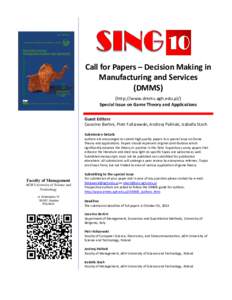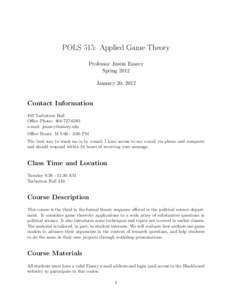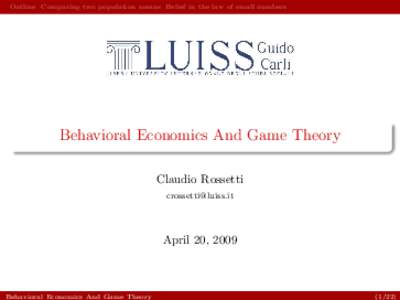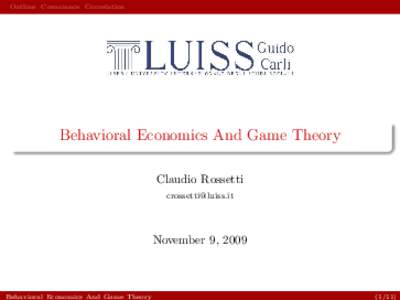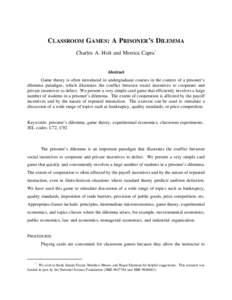<--- Back to Details
| First Page | Document Content | |
|---|---|---|
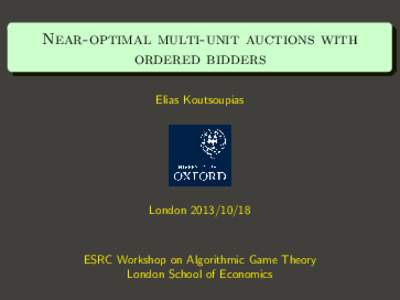 Date: 2013-10-31 12:50:34Auction theory Mechanism design Game theory Marketing Market economics) Auction First-price sealed-bid auction Multiunit auction Prior-independent mechanism |
Add to Reading List |
 Near-optimal multi-unit auctions with ordered bidders Elias Koutsoupias London
Near-optimal multi-unit auctions with ordered bidders Elias Koutsoupias London